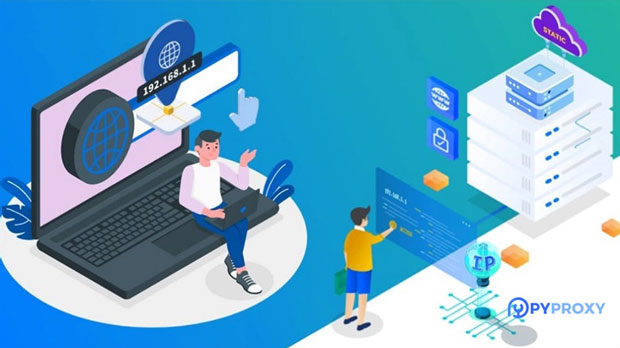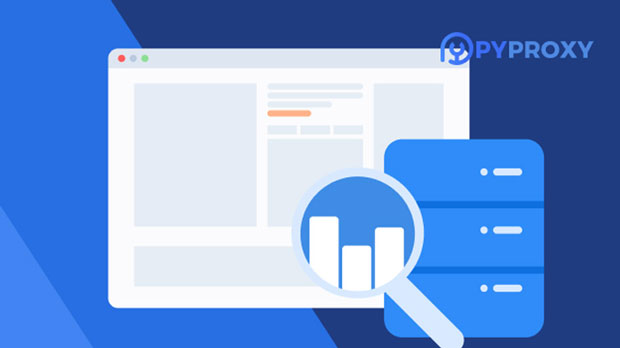How to avoid buying a low quality residential IP proxy?
In today's digital landscape, residential ip proxies are essential tools for many businesses and individuals who seek privacy, anonymity, and access to content from different geographic locations. However, not all residential proxies are created equal. Low-quality proxies can compromise security, slow down browsing speeds, and cause other issues that affect performance. This article provides a detailed guide on how to avoid purchasing low-quality residential IP proxies. It covers key factors to consider when evaluating proxy services, including reliability, speed, ethical sourcing, and customer support. Understanding Residential IP ProxiesResidential IP proxies are real IP addresses provided by Internet Service Providers (ISPs) to homeowners. Unlike data center proxies, which are hosted on servers, residential proxies are tied to physical locations and are often harder to detect by websites. These proxies can help users bypass geo-restrictions, prevent tracking, and maintain privacy.However, with the growing demand for these services, the market has seen an influx of low-quality providers. These proxies may not offer the expected performance or may even present security risks. To avoid such pitfalls, it is essential to understand how to evaluate the quality of a residential ip proxy service.Key Factors to Consider When Buying Residential IP Proxies1. Proxy Sourcing and Ethical PracticesOne of the most important aspects of a high-quality residential ip proxy is how the IP addresses are sourced. Ethical providers ensure that the IPs they offer are gathered with the consent of the homeowners whose IP addresses are being used. Conversely, some unethical providers use methods such as botnets or malware to gather residential IPs without the homeowners' knowledge or permission. This can lead to serious legal and ethical issues, as well as performance problems.To ensure that you're purchasing from a legitimate source, always inquire about the proxy provider's sourcing practices. Do not compromise on ethics, as proxies obtained unethically can lead to banned IPs, legal risks, and poor performance.2. IP Rotation and AvailabilityThe quality of residential IP proxies can also be judged by how often they rotate and how many IPs are available. Good proxy providers offer a large pool of residential IPs that rotate frequently, allowing users to avoid detection or blocks from websites. The more IPs available, the better the chances of maintaining anonymity and avoiding detection.Low-quality proxies may have a small pool of IPs or may not rotate frequently enough, which can lead to issues like blacklisting, slower speeds, and potential downtime. When evaluating a proxy provider, ask about the IP pool size, rotation policy, and frequency of IP changes to ensure that they meet your needs.3. Proxy Speed and LatencyProxy speed and latency are critical factors that directly affect your browsing experience. A low-quality residential IP proxy may introduce significant delays in data transmission, resulting in slow browsing speeds and frustrating user experiences. This is especially detrimental when using proxies for tasks such as web scraping, online shopping, or gaming.High-quality residential proxies should provide fast and reliable connections with minimal latency. When researching a provider, look for performance benchmarks, reviews, and customer feedback that mention proxy speed and reliability. Providers that do not offer clear information about performance are likely to be low-quality.4. IP Location DiversityThe location of the IPs you use matters greatly depending on the use case. If you're using residential proxies to access content in a specific country or region, you'll want proxies that are located in the desired geographic areas. A high-quality provider will offer IPs from various countries and cities, allowing you to bypass geographic restrictions and gain access to local content.Some low-quality proxy services may offer a limited number of IPs from just a few locations, which may not be useful if you're looking to access content from multiple countries or regions. Be sure to check the provider’s IP location coverage to ensure it aligns with your needs.5. Customer Support and ServiceReliable customer support is essential when using residential IP proxies, especially when troubleshooting connectivity or performance issues. A quality provider should offer responsive, knowledgeable customer support through various channels, including email, live chat, or phone.Low-quality proxy providers often provide poor or nonexistent customer service. This can leave you without assistance if you encounter problems, resulting in wasted time and lost opportunities. Before committing to a provider, reach out to their support team with questions or concerns to gauge their responsiveness and expertise.6. Transparency and PricingTransparent pricing and clear terms of service are essential when selecting a proxy provider. Some low-quality services may offer unusually low prices, but these often come with hidden fees, poor-quality proxies, or limited functionality. It's crucial to assess the overall value of the service, not just the price tag.Before purchasing, carefully review the pricing structure, available packages, and terms of service. A legitimate provider will clearly communicate the cost of their services, as well as any additional charges for bandwidth, traffic limits, or IP usage.7. User Reviews and ReputationResearching user reviews and feedback from other customers can provide valuable insights into the quality of a residential IP proxy provider. Look for independent reviews on trusted forums, websites, and social media platforms. High-quality providers typically have a good reputation, with many satisfied customers sharing positive experiences.On the other hand, low-quality providers often have a track record of complaints related to slow speeds, unreliable service, or poor customer support. Be cautious of services with no reviews or reviews that seem overly generic or scripted.8. Test Before CommittingOne of the best ways to avoid low-quality proxies is to test the service before committing to a long-term contract. Many reputable providers offer trial periods or money-back guarantees, allowing you to test the service's speed, reliability, and functionality without risk.During the trial, evaluate how well the proxies perform under real-world conditions. Test the speed, latency, IP rotation, and geographic location options. If you encounter significant issues during the trial, it's a sign that the provider may not meet your needs.ConclusionPurchasing high-quality residential IP proxies requires careful evaluation and attention to detail. By focusing on key factors such as proxy sourcing, IP rotation, speed, customer support, and reputation, you can avoid falling into the trap of low-quality providers. Always do your research, and don't hesitate to test services before making a commitment. With the right approach, you can ensure a smooth and efficient experience when using residential proxies, minimizing the risks associated with low-quality services.
2025-02-06

























































